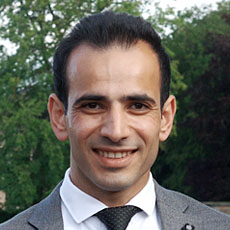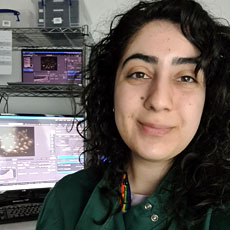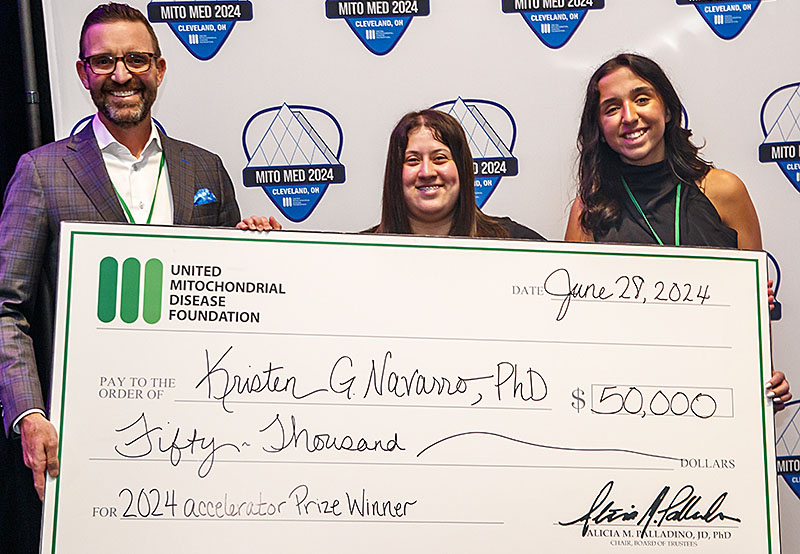Mitochondria are commonly known as the “Powerhouses” of our cells, generating a large amount of the energy needed by our cells and bodies. In functioning as these cellular powerhouses, mitochondria can become damaged over time, and this damage can spread to other parts of the cell if not corrected. Therefore, cells have evolved ways to remove these damaged mitochondria to limit their accumulation in a process called “mitophagy”. One challenge for cells is being able to distinguish damaged from healthy mitochondria to ensure that only bad mitochondria are targeted for removal. If healthy mitochondria are accidentally labeled for removal, this can decrease the number of mitochondria in cells and, in some cases, causes Mitochondrial Disease. We recently discovered that cells have at least two proteins which act as superheroes (their science names are FBXL4 and PPTC7) to stop these removal signals and save healthy mitochondria. When these superhero proteins no longer do their jobs, cells remove mitochondria unnecessarily, even though they are healthy and functional. This means that patients are not able to produce enough energy to function and grow because they don’t have enough mitochondria. The good news is that our recent work has identified key information about the superhero proteins: we recently discovered how they mute the removal signals and preserve healthy mitochondria. In this project, we will use this knowledge to design a molecule that mimics these superhero proteins to mute the removal signals to save mitochondria. This molecule could, in principle, correct the accumulation of these removal signals, and could be used to preserve healthy mitochondrial populations in select Mitochondrial Diseases. The concept behind this treatment that is already in clinical trials as a cancer therapeutic, so we are hopeful that, if this project is successful, we may be able to translate it to treat a subset of Mitochondrial Diseases that currently have no cure.






